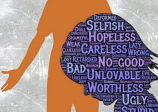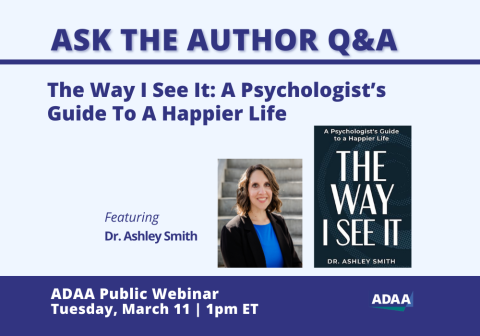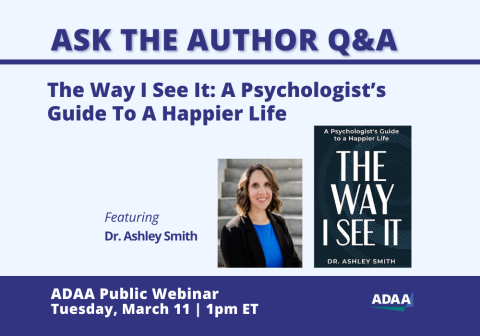My Three Steps: How I Went from Socially Anxious to Socially Confident
 In middle and high school, I spent an unhealthy amount of time strategizing. You might think being able to strategize is a good thing, but when it involves hours and hours of time thinking of ways to get out of having to ask a question, give a presentation, speak up in class, and generally avoid most social interaction, it can be detrimental. In fact, at that point, it’s a disorder known as social anxiety.
In middle and high school, I spent an unhealthy amount of time strategizing. You might think being able to strategize is a good thing, but when it involves hours and hours of time thinking of ways to get out of having to ask a question, give a presentation, speak up in class, and generally avoid most social interaction, it can be detrimental. In fact, at that point, it’s a disorder known as social anxiety.
While I struggled with social anxiety even before adolescence, it was really in high school when it became apparent that it was beyond just being shy or socially awkward. I had always felt different and as early as kindergarten, I knew I behaved and thought differently. I had a hard time talking to people, making friends and any social event felt overwhelming and embarrassing, filling me with anxiety. But I just accepted it and didn’t think I could do anything about it.
Eventually my anxiety hit a breaking point and I didn’t know how to go forward on my own so talking to someone was the best decision I made to help myself. I spoke to my parents, and we talked to the school counselor, who became a huge support, giving me the ability to push through high school.
In college, I still suffered from social anxiety, but I had worked through a lot of it by then. I did research and came up with a 3-step strategy, featured in my TEDx Talk, that worked for me. Basically, it is:
- Stop negative thoughts from cycling in my head by repeating self-affirmations and self-love statements to help rewire my thought processes
- Get out of my comfort zone by slowly and gradually exposing myself – in small increments – to things that made me anxious
- Reward my efforts, not my results – even if I get something wrong or don’t get the outcome that I wanted, I still reward the fact that I tried
According to statistics from organizations like ADAA about 9.1% of teens struggle with an anxiety disorder and 36% of those teens wait 10 or more years before ever seeking help, staying silent. I call social anxiety disorder the silent pandemic that needs a louder voice.
I think the reason why teens wait so long is shame. It’s embarrassing. It’s hard to admit that you’re not “normal” or don’t act and feel like everyone else, or at least think that everyone else isn’t feeling the same way. You just want to blend in, belong.
But eventually it gets to a point, maybe 10 plus years later, where you can’t deal with it alone anymore. You need help and you can’t worry about the repercussions of asking for it, for which really there aren’t any. There is information, evidence-based treatments, therapy and understanding. Support groups are great for sharing experiences and not feeling alone and social media can be helpful as it becomes more and more of a platform for people to express their mental health challenges and learn from each other.
Advocating for and speaking to youth and their families has been incredibly helpful, both for them and for me. So much so that I’ve set a challenge for myself. I want to reach one million people and help them go from socially anxious to socially confident. The goal is to help one million socially anxious youth in some way, one person at a time. It may or may not be realized – I’m at about 90,000 now, which I track on a spreadsheet when speaking at schools or events, through social media posts, podcasts, and interacting with people individually – but it’s all about rewarding the effort.
Share Your Story and Voice and Help #breakthestigma Around Mental Health
Support ADAA's Mission - Every Gift Makes an Impact



















